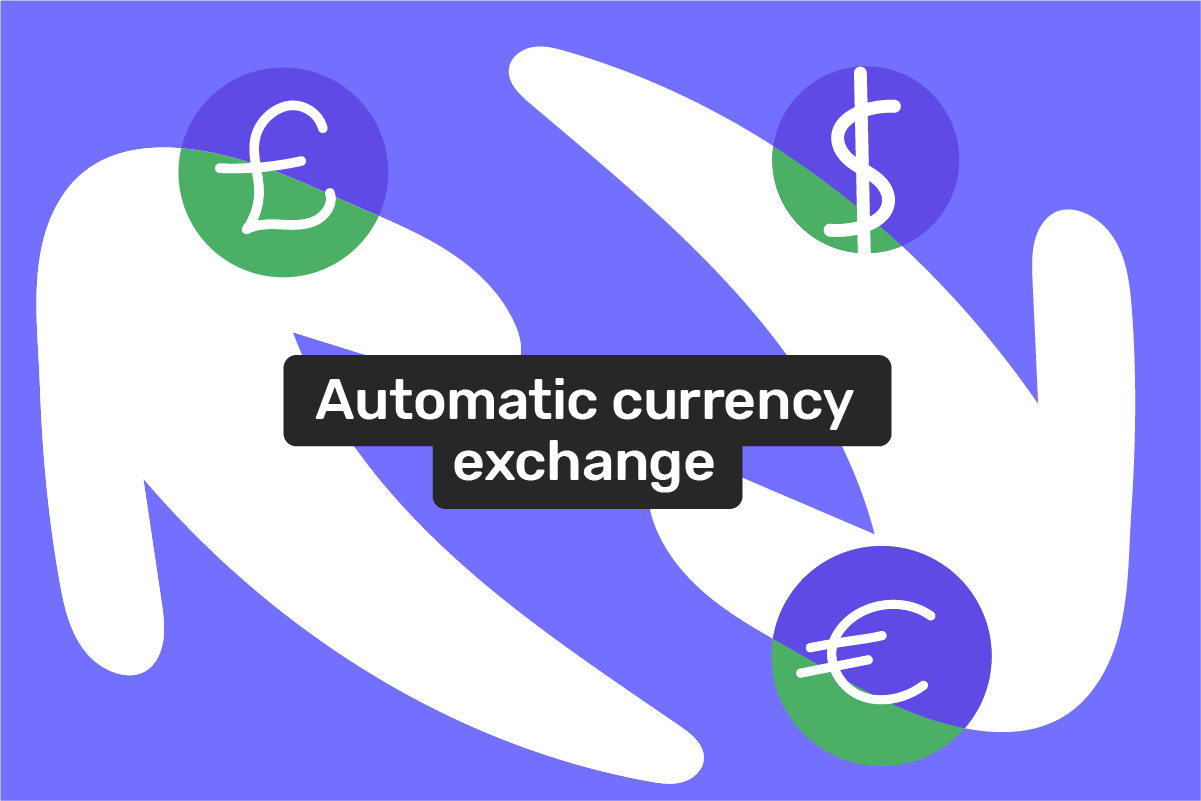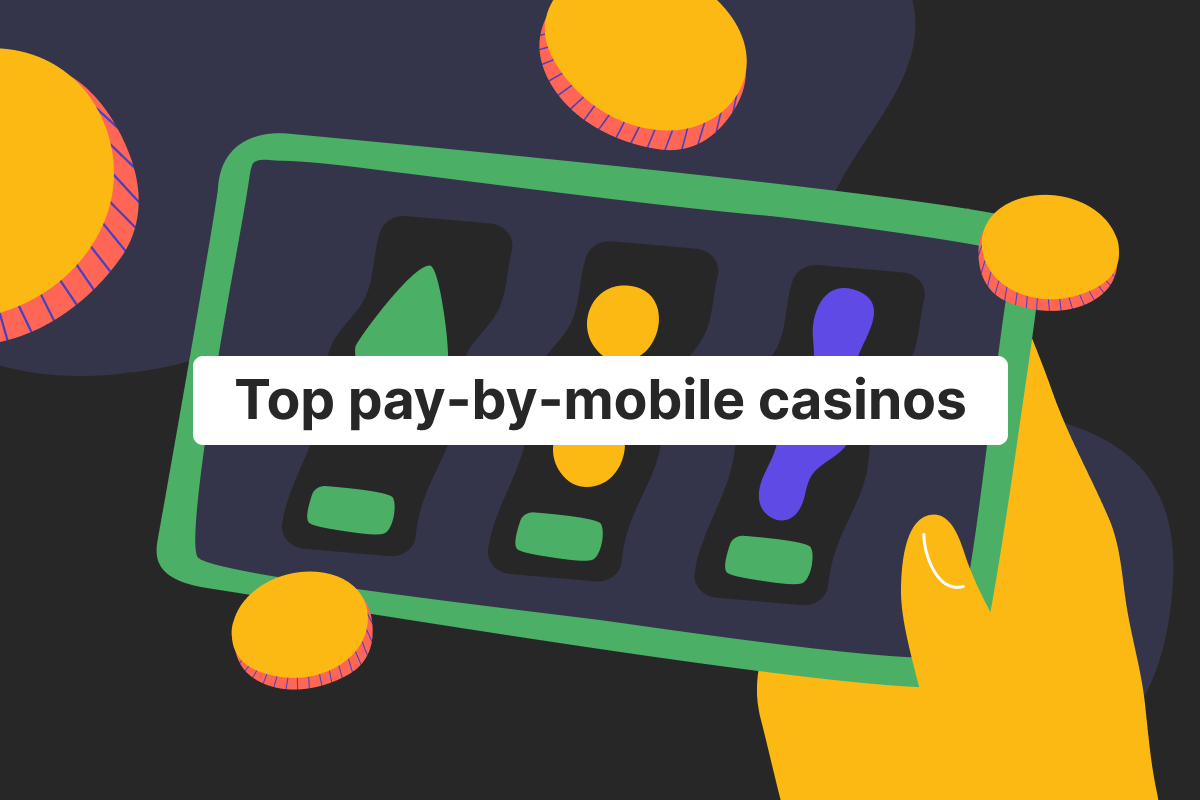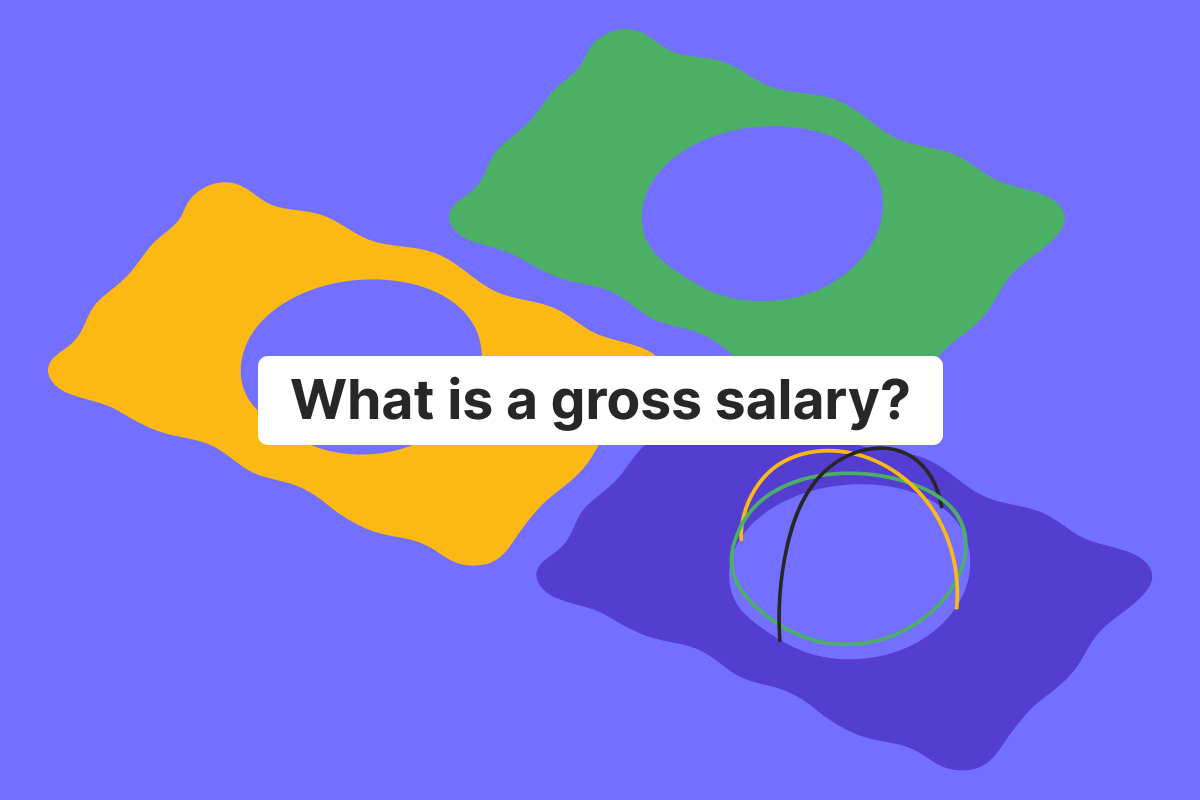Genome Blog / articles / Automatic currency exchange in different countries in Europe
Dec. 14, 2021
Most EU countries now use the euro as their currency, so you don’t need to exchange money all the time when traveling from one country to another. However, Poland, the Czech Republic, Croatia, and some other countries still have their own money. Thus, the currency exchange rate is one of the main issues for any travelers coming from outside of the EU.
How do you find the best exchange rate in Europe? Is it wise to use ATMs to withdraw local currencies? How to avoid high fees? Genome answers all these questions and more in today’s blog post. Within our business and personal wallets, you can use such currencies as GBP, EUR, USD, no matter what your location is. Read on to learn all about automatic currency exchange in Europe from Genome.
European exchange rate mechanism
The first ERM version was adopted around 40 years ago to stabilize monetary policy in the EU. The current version of this system known as ERM II was introduced in 1999 at the time when EUR became an official EU currency. The main goal of the ERM is to prevent and avoid currency destabilization in Europe. The ERM system has two main features: providing a central rate against the euro and a fluctuating band that is fixed ±15% around the central rate.
As of now, Denmark, Bulgaria, and Croatia are the participants of the ERM as they are not using EUR currency. Automatic currency exchange rates of countries that are not regulated by ERM and do not use euros are under the control of their national banks.
Tips on currency exchange
There are a few crucial things to remember when exchanging currencies:
- If possible, exchange money between different currency accounts of your bank. It will save up funds and time. For example, you can move money from a dollar account to a euro account within your Genome wallet. It will be cheaper than exchanging money abroad. Moreover, you will be able to pay instantly with local cash.
- Look for the best currency converters – the ones at popular touristic places have high exchange rates.
- Do not withdraw cash in local ATMs – you will need to pay a foreign transaction fee and an ATM provider fee. The cheapest ATMs will be the ones from your financial provider. Remember that it’s best to use a debit card because, with a credit one, you might go overdraft and pay additional charges.
- Avoid dynamic currency conversion – it happens when during one transaction, currency exchange takes place twice. Probably, you’ve already seen a little message popping up on the terminal asking you to choose the preferred currency for a transaction when making a payment in a foreign country. The choice here is between your home currency and local currency. Always select the first one because it will save you money. If you go for a second option, your funds will be converted to the local currency. The exchange rates during such transactions are extremely unfavorable, no matter where you pay.
FAQ
What exchange rate system does the EU use?
The EU has been using a European exchange rate mechanism (ERM II) since 1999. At the same time, the euro currency was adopted as one EU currency as most European countries switched to it.
Who sets the exchange rate for currencies in different countries?
The ERM system currently defines the exchange rate of EUR for such local currencies as the Danish krone, the Croatian kuna, and the Bulgarian lev. Germany and France, for example, don’t need to participate in the ERM system because they’re already using euros as their only currency. Countries that do not belong to the ERM and don’t use EUR, have their own automatic currency exchange rates that are established by national banks.
What is the best way to exchange currency in Europe?
First of all, it’s best to look around for a provider or service with the lowest exchange rate. Secondly, you might want to make the exchange before going on a trip to another country, so that you’re prepared. Modern neobanks offer multiple currency accounts within one wallet, so you can easily exchange money whenever you need to. For instance, with Genome, you have an in-built currency converter in both personal and business wallets. Most currency converters in city centers tend to have unfavorable rates. Finally, avoid withdrawing cash in ATMs in a foreign country. If you really need to do so, use a debit card instead of a credit one.
Do banks automatically convert currency?
Yes, the automatic currency exchange rate differs from bank to bank. It is applied every time you’re doing a transaction in a foreign currency. These can be payment by card, an ATM withdrawal, and even a cross-currency transfer. Some banks include their fees for cross-currency transactions in their exchange rates. Additionally, card issuers can also impose foreign transaction fees (FX).





